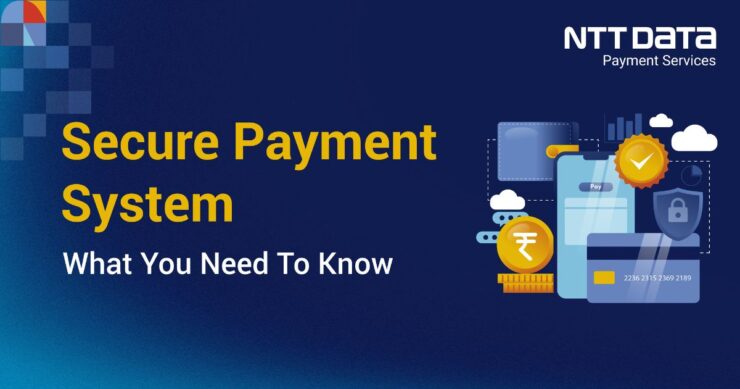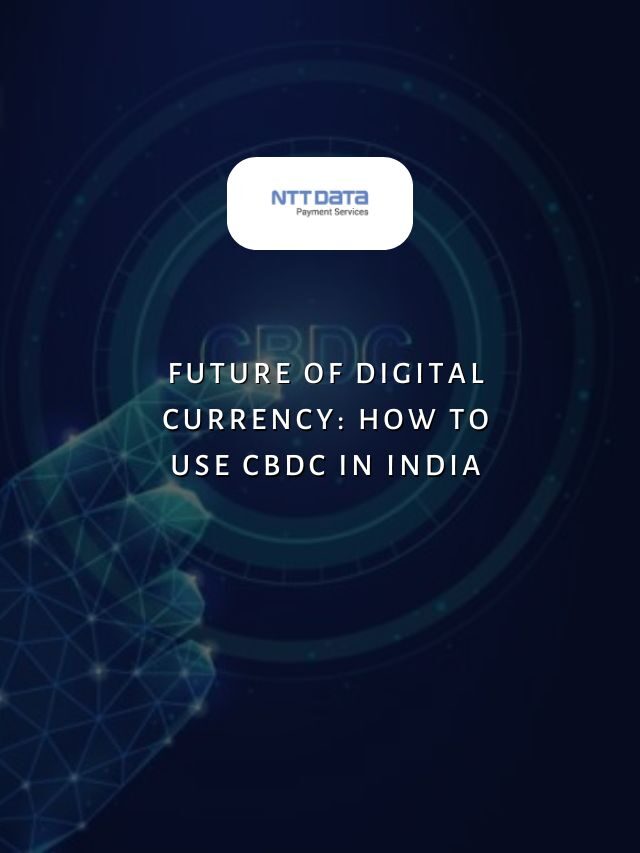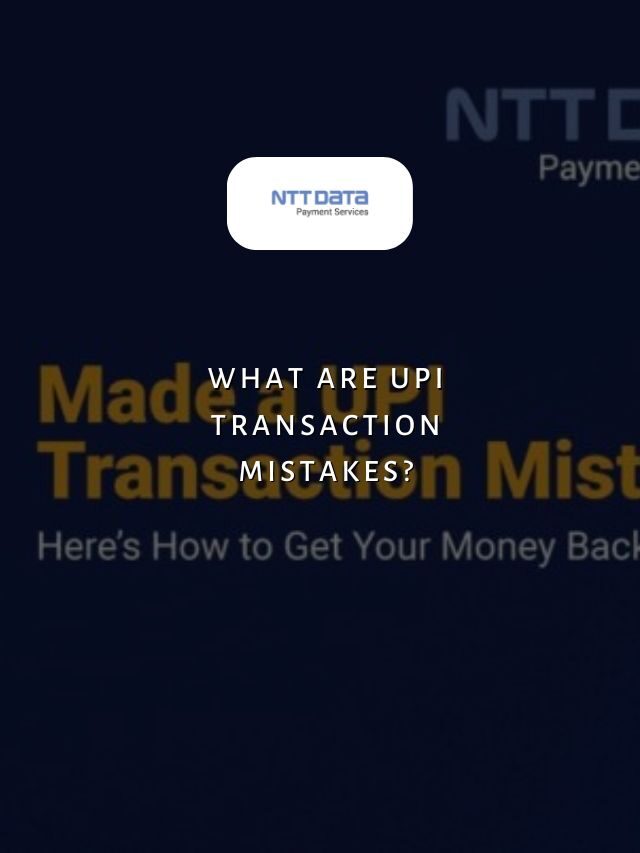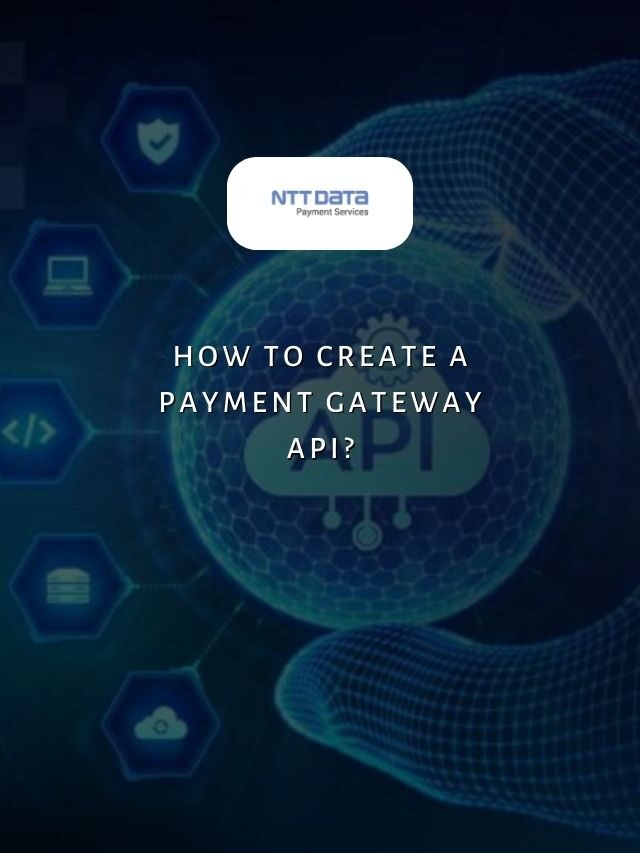
Table of Contents
A secure payment system is essential for any business that accepts online payments. It allows customers to make payments safely and protects businesses from fraud and data breaches. In this blog, we will explore the key aspects of a secure payment system and provide actionable insights to help you safeguard your online transactions.
Everything you need to know about Secure Payment Systems
Data security and protection are crucial for business owners’ safety and consumer information security. According to a database firm survey, debit card payments for India’s fiscal year 2022 were valued at around 7.3 trillion Indian rupees, while credit card payments were valued at approximately 9.7 billion rupees.
Secure payment systems have become the backbone of e-commerce, safeguarding businesses and customers. As the payment ecosystem evolves, staying informed on the latest advancements and best practices is crucial.
What is a Secure Payment System?
A secure payment system (SPS) is a specialised infrastructure that allows a payment processor to process customer payments with credit cards, debit cards, online, and mobile apps. It ensures the safety of financial transactions between customers and businesses. It protects users’ financial and personal data from fraud and unauthorised access.
Recent Web Stories
8 Best Practices for a Secure Payment System
Here is a list of 8 best practices that are to be a part of a secure payment system.
1. Encryption
Encryption ensures that sensitive data, such as credit card numbers and personal information, is protected during transmission and storage. Robust encryption protocols, such as SSL/TLS, provide a secure channel for data transfer, preventing unauthorised access and interception. By encrypting data, businesses can mitigate the risk of data breaches and ensure that customer information remains confidential.
2. Tokenisation
Tokenisation is another essential component of a secure payment system. This process replaces sensitive payment data, such as credit card numbers, with a unique identifier or “token.” This token can then be used for subsequent transactions without exposing the original payment information. Tokenisation effectively reduces the amount of sensitive data stored by the merchant, minimising the risk of data breaches and fraud.
3. Payment Gateways
A secure payment gateway is a critical component of a secure payment system. This PCI-compliant tool encrypts and tokenises cardholder information, protecting it from data thieves. Payment gateways facilitate the secure transfer of payment data between the customer, the merchant, and the payment processor, ensuring that transactions are executed safely and efficiently.
4. Digital Wallets
Digital wallets offer an additional layer of security for online and in-person transactions. These digital wallets use tokenisation and biometric authentication, such as fingerprint or facial recognition, to ensure that only the authorised user can access and use the payment information. By leveraging the security features of digital wallets, businesses can provide their customers with a convenient and secure payment experience.
5. Multi-Factor Authentication (MFA)
Multi-factor authentication (MFA) is a security measure that requires users to provide multiple forms of identification to verify their identity before accessing sensitive information or making a payment. This can include a combination of a password, a one-time code sent to a registered device, or biometric authentication like fingerprint or facial recognition. By implementing MFA, businesses can significantly reduce the risk of unauthorised access and fraudulent activities.
6. EMV Chip Cards
EMV (Europay, Mastercard, and Visa) chip cards are another important security feature in a secure payment system. These cards contain a microchip that generates a unique transaction code for each payment, making it much more difficult for fraudsters to replicate the card information. The adoption of EMV chip cards has helped to reduce the incidence of in-person credit card fraud, providing an additional layer of security for both businesses and customers.
7. Fraud Detection Systems
A complete, secure payment system requires strong fraud detection systems. These systems examine transaction patterns, spot unusual activity, and flag possible fraudulent transactions using sophisticated algorithms and machine-learning techniques.
By quickly detecting and preventing fraud, businesses can protect themselves and their customers from financial losses and reputational damage.
8. PCI DSS Compliance
PCI DSS (Payment Card Industry Data Security Standard) is a set of security standards that businesses must adhere to when handling, processing, or storing payment card data. Compliance with PCI DSS ensures that businesses have the necessary controls and processes in place to protect sensitive payment information and mitigate the risk of data breaches.
By maintaining PCI DSS compliance, businesses can demonstrate their commitment to payment security and build trust with their customers.
Secure Your Online Payments with NTT DATA Payment Services
NTT DATA Payment Services is committed to maintaining the highest standards of payment security. Our comprehensive solutions and dedicated support ensure that businesses of all sizes can confidently accept payments, expand their reach, and provide their customers with a seamless and secure payment experience.
NTT DATA Payment Services offers a complete payment solution to advance both your offline and online businesses from,
- Payment Gateway Provider in India
- POS machines
- IVR payments
- Mobile applications, and
- Bharat QR Scan and Pay
We ensure maximum comfort, convenience, and safety for all your payments.
Protect your Customers and Business Payment Systems
You may increase customer confidence, lower the risk of data breaches, and safeguard the long-term viability of your company by putting in place the most secure payment system.
The essential elements of a secure payment system, such as strong encryption, tokenisation, fraud detection, and PCI DSS compliance, come together to produce a safe, easy, and reliable transaction experience.
Prioritising payment security can help you stand out from the competition in a highly competitive industry while also safeguarding your customers.
| Also, you can get frequent updates on nttdatapayments Instagram page. |
Secure Payment System: FAQs
1. What is the role of encryption in a secure payment system?
Encryption is a core component of secure payment systems, as it ensures that sensitive data, such as credit card numbers and personal information, is protected during transmission and storage.
2. How does tokenisation enhance payment security?
Tokenisation is a crucial security feature that replaces sensitive payment data, like credit card numbers, with a unique identifier or “token.” This token can then be used for subsequent transactions without exposing the original payment information, effectively reducing the amount of sensitive data stored by the merchant and minimising the risk of data breaches and fraud.
3. What is the purpose of a secure payment gateway?
A secure payment gateway is a PCI-compliant tool that encrypts and tokenises cardholder information, protecting it from data thieves. It facilitates the secure transfer of payment data between the customer, the merchant, and the payment processor, ensuring that transactions are executed safely and efficiently.
4. How do digital wallets improve payment security?
Digital wallets offer an additional layer of security for online and in-person transactions. These digital wallets use tokenisation and biometric authentication, like fingerprint or facial recognition, to ensure that only the authorised user can access and use the payment information, providing a convenient and secure payment experience.
5. Why is PCI DSS compliance important for a secure payment system?
PCI DSS (Payment Card Industry Data Security Standard) is a set of security standards that businesses must adhere to when handling, processing, or storing payment card data. Compliance with PCI DSS ensures that businesses have the necessary controls and follow the essential protocols.







